Skype: neodalle-travel
Tel: +86 135 7447 2266
E-mail: sales@visitaroundchina.com

Chinese ancient architecture has its own unique style in the world architecture. It uses different structural materials which include civil construction, brick work, timber construction and bamboo construction. There are various architecture styles such as palace, tower, temple, garden and mausoleum which can be generally grouped into imperial architecture, religious architecture, garden architecture and general architecture. Here we will introduce to you the detailed information about different kinds of Chinese architecture, including the related culture and background knowledge.
Basic Styles of Chinese Architecture
Chinese architectures can be divided into many types and styles but generally falls into four basic ones.
Solemn Commemorative Architecture
The solemn commemorative style mainly includes the etiquette sacrificial architecture, tombs and religious buildings. Such constructions are always built with symbolic meaning with a distinct main building. There are special rules for dimensions and shapes, and the buildings are arranged in a simple way.
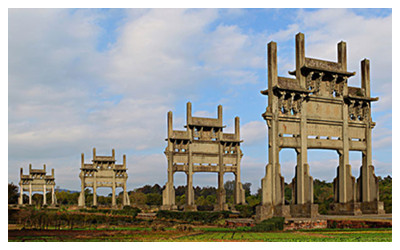 |
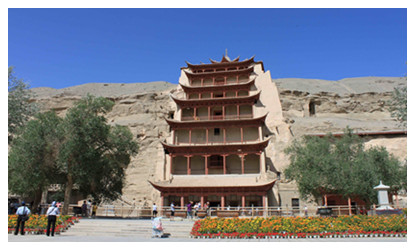 |
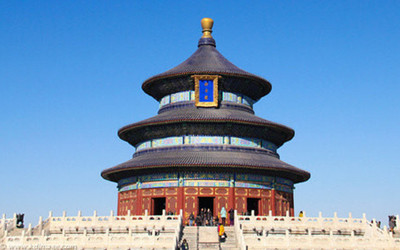 |
| Archway | Chinese Religious Architecture | Altar and Temple Architecture |
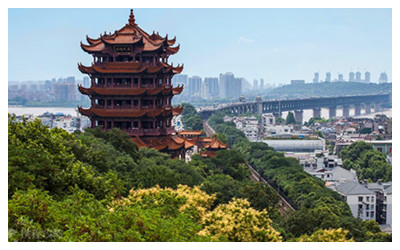 |
 |
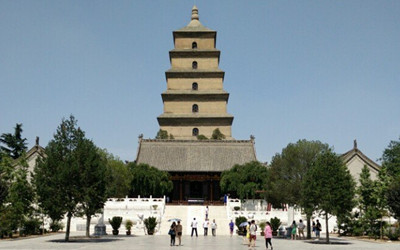 |
| Pavilion 亭 阁 | Tower 楼 Terrace 台, | Pagoda |
Gorgeous and Magnificent Palace
This style refers to the royal palaces, mansions of senior officials, government offices and the temples. Each of the architecture is built in strict proportion, appropriate dimension with luxuriance decorations and the arrangements of buildings can be various in ways with a primary distinct building as well as secondary ones. The numbers and sizes are also proper matched in such complex.
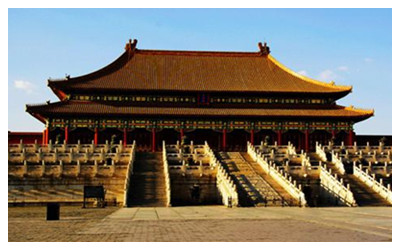 |
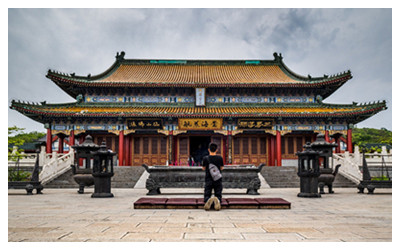 |
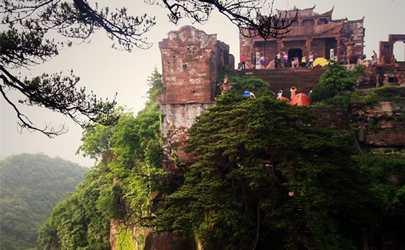 |
| Palace 宫殿 | Chinese Buddhist Temple | Taoist Architecture |
Cordial and Comfortable Residences
They are the general dwellings as well as some frequently used rooms by people, such as shops and guild halls. These buildings are correlates closely to people’s daily life that the construction is always ranking in a comfortable way with simple shape, proper dimension, low profile design and exquisite decorations.
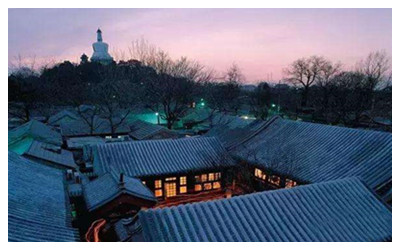 |
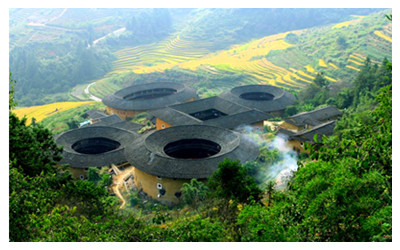 |
 |
| Siheyuan 四合院 | Tuiou | Cave Dwelling |
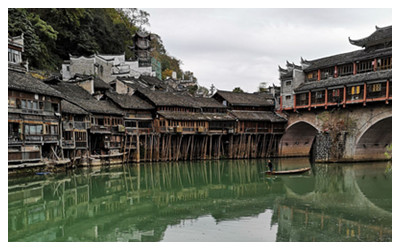 |
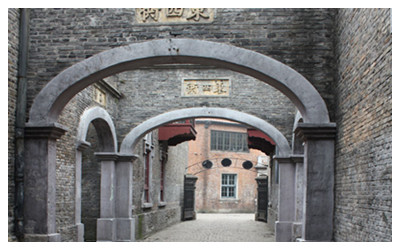 |
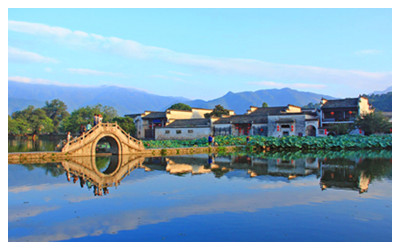 |
| Stilted Houses | Sikumen Dwelling | Huizhou Style Dwelling |
Beautiful Gardens in Free Style
Chinese garden includes the private gardens, royal gardens and temple gardens. The features of gardens are the rich spatial variations, the changeable forms and dimensions, the simple but elegant design with delicate decorations, and more important, the perfect combinations of architectures and natural sceneries.
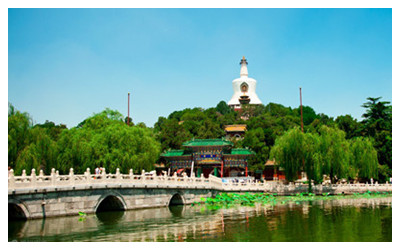 |
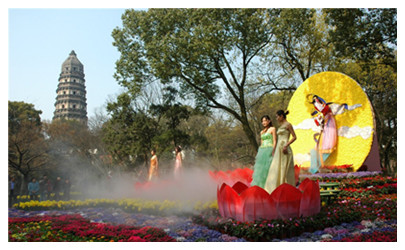 |
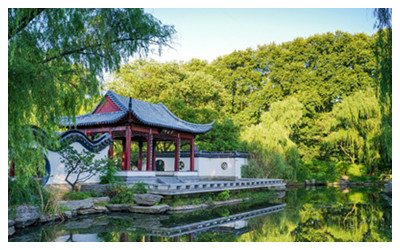 |
| Imperial Gardens In China | Private Gardens in China | Scenic Resort Gardens in China |
Each of these four styles does not exist individually but often mixed together in a complex, for example, a palace or a temple is usually built with palaces, residential houses and a garden; an emperor tomb is generally containing palaces and commemorative architectures.
Regional Styles and Ethnic Styles of Chinese Architecture
China is a multi-nationality country with 56 nationalities which inhabit in different areas of the country. Because of the various physical environments and climates as well as the diverse building materials, architecture of different nationalities and areas are created differently according to the special needs and living habits, and thus various techniques and styles of architecture are formed during the long-term development.
Generally, the north China is a loess zone that people make good use of the loess to build adobe houses or cave dwellings and also learn to burn the loess into bricks and tiles for more convenient and durable houses. In the south China, it is humid with a lot of rains that people take the bamboos or woods as the main building materials; the housings in Yangtze River are often decorated with rich carvings and paintings.
In the southwest ethnic areas, particularly the areas of Miao, Yao and Dong, stilted structure is the style that adaptable in subtropics areas; in Qinghai-Tibet Plateau, the stone house with thick walls of Tibetans is designed for the large temperature difference between day and night; while the nomadic Mongolians usually make yurt (domed round tent) on the grassland which is easy to dismantle and move. In general, people of all nationalities built their respective buildings by the natural conditions and their living habits which have given colors to the Chinese architecture.
 Ask Questions ?
Ask Questions ?